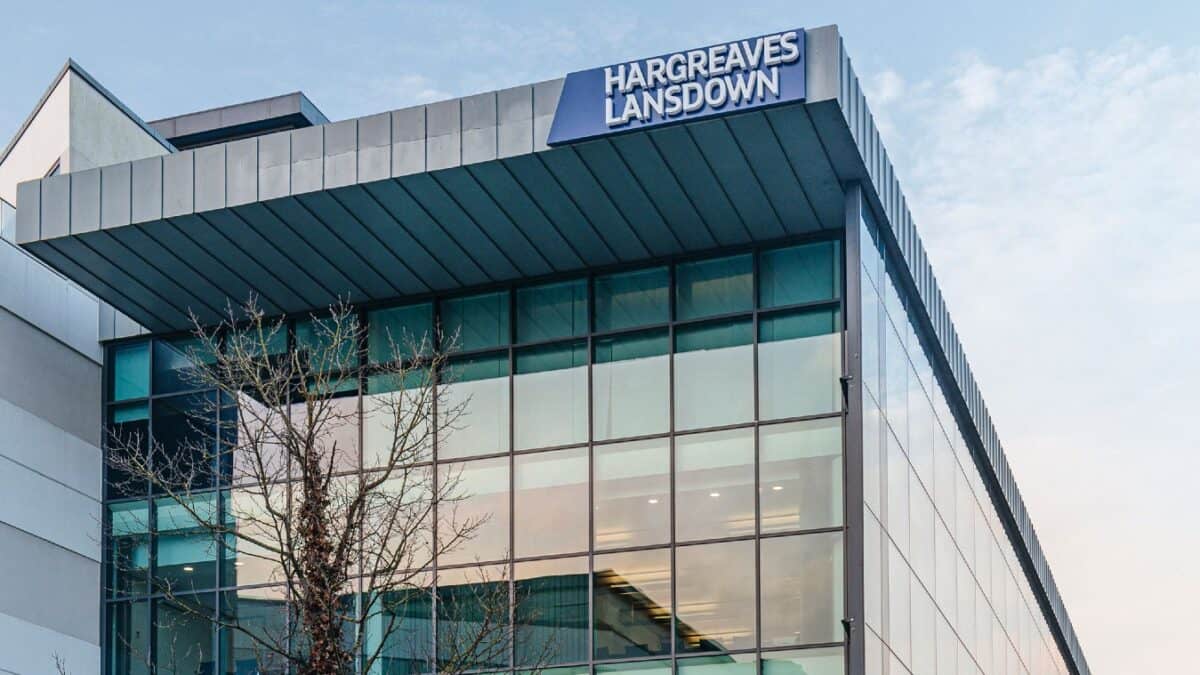Warren Buffett is among the most famous and successful investors of all time. And it might surprise some to hear that he does most of his buying when stocks are retreating or just not fully appreciated by the market.
So, with the market going into reverse, here are three stocks that I’m keeping a close eye on.
Barclays
The Barclays (LSE:BARC) share price has dipped significantly over the past month. The main reason was a downgrade on the bank’s net interest margin (NIM) for the year as a whole, despite a healthy earnings beat.
Should you invest £1,000 in Deliveroo right now?
When investing expert Mark Rogers has a stock tip, it can pay to listen. After all, the flagship Motley Fool Share Advisor newsletter he has run for nearly a decade has provided thousands of paying members with top stock recommendations from the UK and US markets. And right now, Mark thinks there are 6 standout stocks that investors should consider buying. Want to see if Deliveroo made the list?
So, why am I so bullish on Barclays shares? Firstly, the NIM downgrade wasn’t huge, (3.05%-3.1% from 3.15%-3.2%). In the great scheme of things, this is far higher than NIMs have been in well over a decade.
As highlighted by the earnings beat, the bank remains on top of credit losses while interest income remains strong. Of course, as with any cyclical stock, if there’s a sizeable economic downturn, Barclays could suffer.
Nonetheless, I’m positive on the medium-term outlook. And at 0.5 times book value, it looks cheap.
Celestica
Celestica (NYSE:CLS) is a company most UK investors won’t have heard of. But it’s one I just added to my portfolio, and to my daughter’s portfolio — her first stock.
In simple terms, they help other companies build and assemble electronic products. Celestica assists in making things like computers, smartphones, medical devices, and other electronic gadgets.
Earnings have been strong over the past 12 months, but the company’s CCS Hyperscale Cloud Platform appears central to its medium-term growth.
These data centres are used by large technology companies, such as Amazon, Google, and Microsoft, to store and process large amounts of data.
With EPS growth of 10% anticipated into 2024, and at 11.4 times forward earnings, this stock looks good value.
Hargreaves Lansdown
Despite slowing client growth, the Bristol-based brokerage Hargreaves Lansdown (LSE:HL) remains in pole position to dominate the market.
The funds and shares supermarket has seen downward pressure on its share price since the pandemic, when it hit heights around £15 a share.
It currently trades below £7 a share after a Q1 note highlighted slow customer growth. For some reason, the market deemed this more important than the huge FY2023 earning beat a few weeks earlier.
In FY2023, the Bristol-based company registered its most profitable year, with earnings surging on higher interest rates. With higher interest rates for the foreseeable, this is a tailwind that’s unlikely to disappear.
Moreover, Buffett likes companies with a competitive advantage, and that’s Hargreaves. With 42% of the market, and a commanding lead in assets under management, Hargreaves has the capacity to lower fees and rely on NIM — thus undercutting its competition — like US peer Charles Schwab. The issue is they’ve not undercut their peers yet.
The stock currently trades at just 9 times earnings, far below its five-year average around 29 times.








